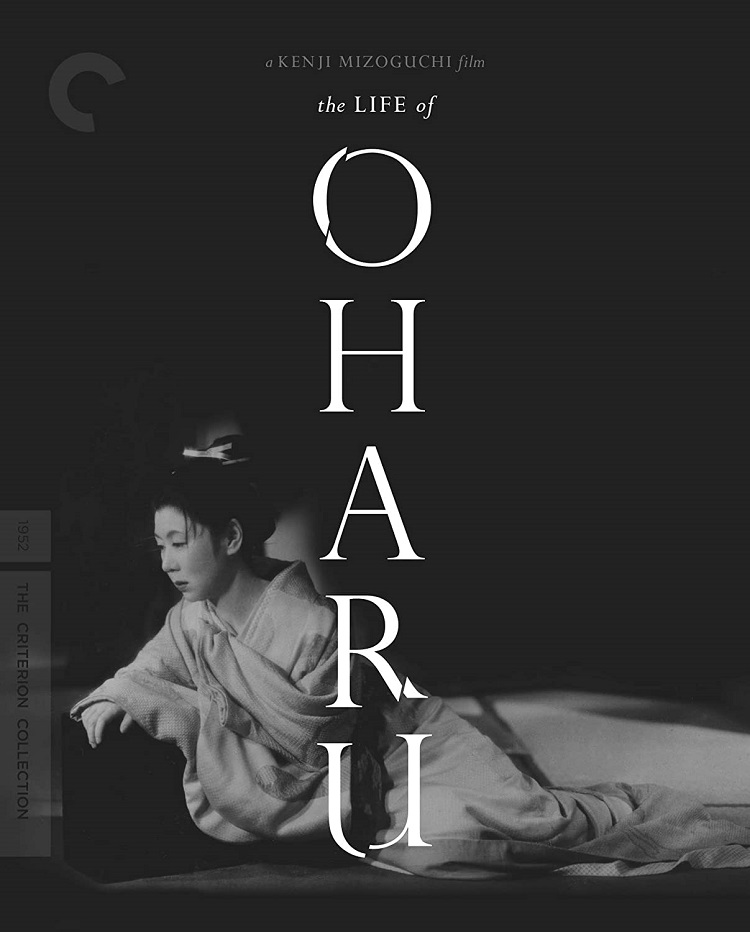
While watching this film, I was reminded of another tale of a classy lady who gradually becomes marginalized: Anna Karenina. Like Tolstoy’s character, Oharu spends her young adult life in the pampered upper class before losing her status due to infidelity. Although Oharu’s end isn’t as tragic, her inevitable social decline is immediately revealed from the framing sequence of the opening scene, making for a less than compelling and completely obvious story prolonged far past its ability to hold my attention.
Unlike Anna, Oharu has many stops on her road to ruin, with her initial affair just the first of her problems. Upon being kicked out of her cushy role as an imperial lady-in-waiting, she eventually becomes a courtesan to a lord and the mother of his heir, a concubine, a wife, a common prostitute, and a nun. Director Kenji Mizoguchi makes it clear that he sympathizes with her plight that is far more a product of her rigid times than her personal shortcomings. As such, the film ends up being more social commentary than character study, but that commentary carries precious little reward. It’s no surprise that times were tough for women who didn’t conform to standards, and as we continue to watch her downward spiral the net result becomes an exercise in viewing perseverance rather than enlightenment.
The character of Oharu is played with restraint by legendary actress Kinuyo Tanaka, getting by with flickers of emotion darting across her placid visage rather than descending into hysterics. That restraint is of course appropriate for the high class character, but leaves little for viewers to hang on to as she goes through the motions of her seemingly cursed life. Keep your eyes peeled for a nearly unrecognizable young Toshiro Mifune in the early scenes, the partner in Oharu’s doomed illicit romance. Other actors that enter Oharu’s orbit hit their marks but offer little of note.
The technical quality of the restored film is surprisingly subpar, with generally murky images hampered by constantly wavering contrast and occasional lapses in the restoration that reveal heavily scratched/dirty frames. Coupled with Mizoguchi’s flat, static shot selection that unspools more like theater than cinema, the film offers little visual reason to spring for Blu-ray presentation. The uncompressed monaural soundtrack has similarly been only passably restored, with frequent crackle and hiss. It’s likely that the source elements were of poor quality, but still disappointing that final product seemingly didn’t reap the full rewards of modern technical wizardry.
Bonus features are in short supply, with only an “illustrated audio essay” about Mizoguchi and a half-hour look at Tanaka’s 1949 goodwill tour of the US. That latter feature was the best aspect of the package for me, as we’re treated to filmed snippets and plentiful stills of her historic stops in Hawaii, California, and New York that found her performing on stage, enjoying US culture, and rubbing elbows with Hollywood elite such as Bette Davis and a young Ronald and Nancy Reagan.